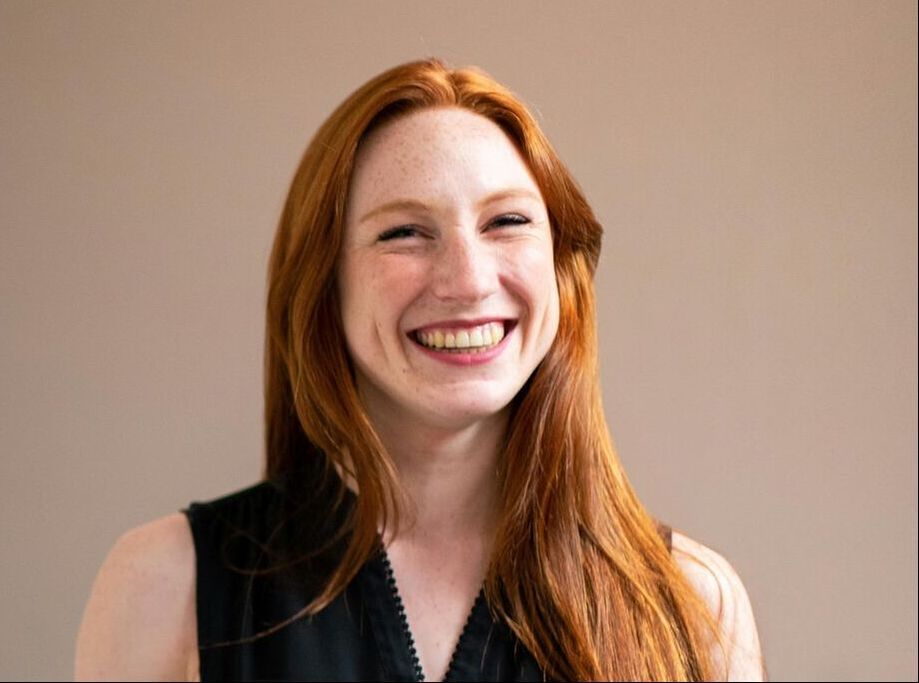Phobias
A phobia is an overpowering and illogical fear of something or some situation that poses little real threat but provokes anxiety and avoidance. If you have a phobia, you may experience a deep sense of distress or panic when you encounter the source of your fear. Fear can be of a certain place, situation, or object. Unlike generalized anxiety disorder, a phobia is usually connected to something specific. Such fears can interfere with your work, school, activities, and personal relationships.
TREATMENT: Clinically researched treatments can effectively treat many phobias (minimum 4-8 therapy sessions recommended). Available treatments include: Cognitive-behaviour therapy (CBT): Teaches you how to challenge/change problematic thought patterns and unhelpful behaviours that contribute to symptoms. Exposure therapy: Involves gradually exposing you to what you fear and not avoiding the phobia object or situation. Relaxation training and behavioural activation: Involves regularly practicing breathing exercises, relaxation exercises, and engaging in activities that are relaxing, enjoyable, or useful. |
Specific Phobias
- Glossophobia: Performance anxiety, or the fear of speaking in front of an audience. People with this phobia have severe physical symptoms when they even think about being in front of a group of people.
- Acrophobia: The fear of heights. People with this phobia will avoid mountains, bridges, or the higher floors of buildings. Symptoms include vertigo, dizziness, sweating, and feeling as if you’ll pass out or lose consciousness.
- Claustrophobia: The fear of enclosed or tight spaces. Severe claustrophobia can be especially disabling if it prevents you from riding in cars or elevators.
- Aviatophobia: The fear of flying.
- Dentophobia: Fear of the dentist or dental procedures. This phobia generally develops after an unpleasant experience at a dentist’s office. It can be harmful if it prevents you from obtaining needed dental care.
- Hemophobia: Fear of blood or injury. A person with hemophobia may faint when they come in contact with their own or another person’s blood.
- Arachnophobia: Fear of spiders.
- Cynophobia: Fear of dogs.
- Ophidiophobia: Fear of snakes.
- Nyctophobia: Fear of the nighttime or darkness. This phobia almost always begins as a typical childhood fear. When it progresses past adolescence, it’s considered a phobia.
"I CHOOSE TO MAKE THE REST OF MY LIFE THE BEST OF MY LIFE."
-LOUISE HAY
Helpful Links For Phobias
- “Psychology Works” Fact Sheet: Social Anxiety -Canadian Psychological Association
- ADAA Social Anxiety Disorder Brochure 2021
- Social Anxiety Disorder -CAMH
- Social Anxiety Disorder: Symptoms, Tests, Causes & Treatments -Cleveland Clinic
- Social Anxiety Disorder -Anxiety and Depression Association of America (ADAA)
- Social Anxiety Disorder: More Than Just Shyness -National Institute of Mental Health (NIMH)
- For more resources, please visit the Mental Health Resources Page
Photo Credits: Pexels.com
Resources
We provide great information and resources to help meet your needs.
What To ExpectGreat for first time patients and parents.
|
Printable FormsSave time by filling out forms in advance
|
Common Questions
Answers to questions or concerns you may have.
|




